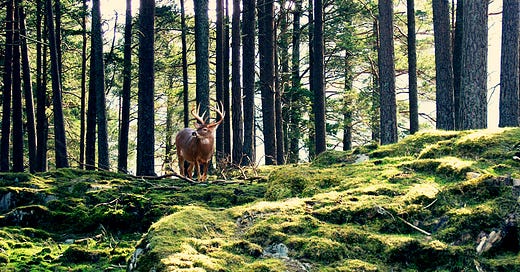One day you’re walking to the market to buy veg for supper, and the next you’re climbing Dùn Cana on the Isle of Raasay, the wind whipping through your hair, old, old stories weeping through the rocks. You’re overlooking the Clearances1 when a Scotswoman, your guide, pulls out a book of poems and reads one for yo…
Keep reading with a 7-day free trial
Subscribe to Wanderland to keep reading this post and get 7 days of free access to the full post archives.




